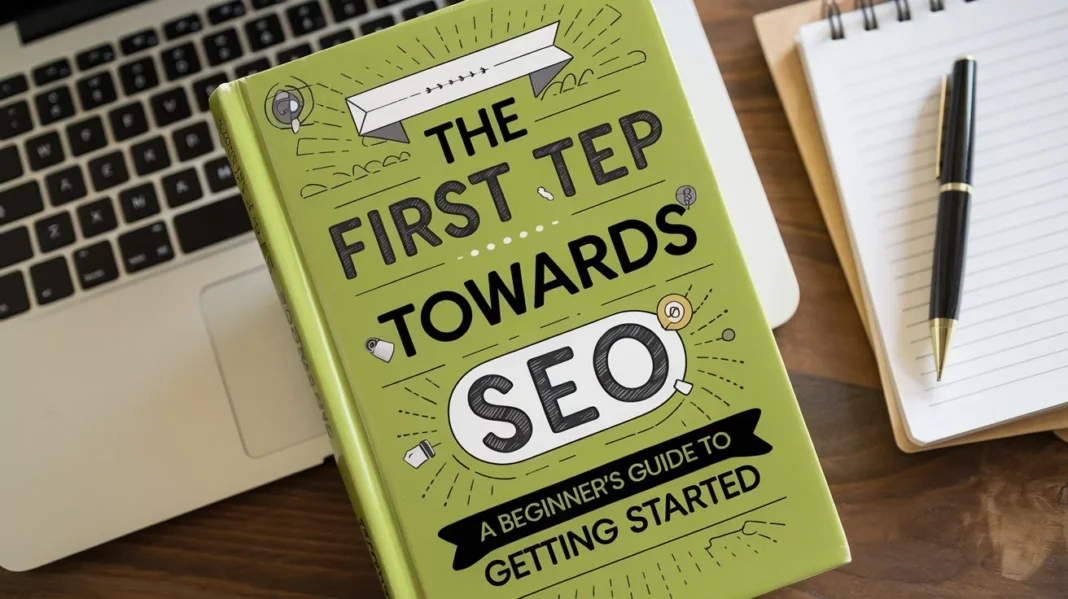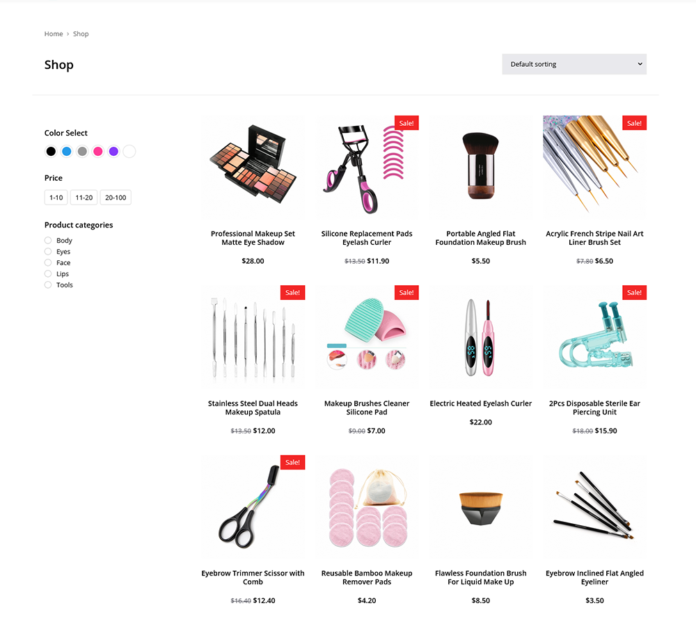Search Engine Optimization (SEO) is the backbone of digital visibility, helping websites rank higher on search engines like Google. But for beginners, knowing where to begin can feel overwhelming. If you’re asking, “What’s the first step towards SEO?” this guide breaks down the process into actionable insights to kickstart your journey.
What is SEO and Why Does the First Step Matter?
SEO involves optimizing your website to improve its visibility on search engines. The higher your site ranks, the more organic traffic it attracts. While SEO includes multiple strategies—like technical tweaks, content creation, and link-building—the first step towards SEO is foundational: understanding your audience and their search intent through keyword research.
Why Start with Keyword Research?
- Guides Content Strategy: Keywords reveal what your audience is searching for.
- Improves Relevance: Targeting the right terms ensures your content aligns with user needs.
- Reduces Guesswork: Data-driven insights help prioritize efforts effectively.
The First Step Towards SEO: Mastering Keyword Research
Keyword research is the process of identifying the words and phrases people use to find information online. It’s the cornerstone of SEO because it informs every subsequent action, from content creation to technical optimization.
How to Conduct Keyword Research
- Define Your Niche and Audience
- Identify your target audience’s demographics, interests, and pain points.
- Example: A bakery targeting “gluten-free birthday cakes” appeals to health-conscious customers.
- Use Keyword Research Tools
- Free Tools: Google Keyword Planner, AnswerThePublic, Ubersuggest.
- Paid Tools: Ahrefs, SEMrush, Moz Keyword Explorer.
- Look for keywords with:
- High Search Volume: Indicates popularity.
- Low Competition: Easier to rank for, especially for beginners.
- Focus on Long-Tail Keywords
- These are longer, specific phrases (e.g., “how to start SEO for small businesses”).
- They have lower competition and higher conversion potential.
- Analyze Competitors
- Study competitors’ websites to see which keywords they rank for.
- Tools like SpyFu or SEMrush can uncover gaps in their strategies.
- Map Keywords to Content
- Group keywords by topic to create targeted content (e.g., blog posts, product pages).
Next Steps After Keyword Research
Once you’ve identified your keywords, integrate them into your SEO strategy:
1. Optimize On-Page Elements
- Title Tags: Include primary keywords near the beginning.
- Meta Descriptions: Write compelling summaries with keywords.
- Headers (H1, H2, H3): Structure content and incorporate related terms.
2. Create High-Quality Content
- Address user intent by answering questions or solving problems.
- Use keywords naturally—avoid stuffing!
3. Track and Adjust
- Monitor rankings and traffic using Google Analytics and Search Console.
- Update content regularly to stay relevant.
Common Mistakes to Avoid in Your First Step
Ignoring User Intent: Targeting keywords that don’t align with what users actually want.
- Overlooking Long-Tail Keywords: Focusing only on broad, competitive terms.
- Skipping Competitor Analysis: Missing opportunities to outperform rivals.
Essential Tools for Keyword Research
- Google Keyword Planner: Great for beginners to find search volume data.
- AnswerThePublic: Visualizes popular questions related to your keywords.
- Ahrefs: Offers in-depth competition analysis and keyword difficulty scores.
Conclusion: Begin Your SEO Journey with Confidence
The first step towards SEO—keyword research—sets the stage for everything that follows. By understanding your audience, leveraging the right tools, and avoiding common pitfalls, you’ll build a strong foundation for long-term success. Remember, SEO is a marathon, not a sprint. Stay patient, keep learning, and refine your strategy as you grow. Ready to take the first step? Start researching those keywords today!








